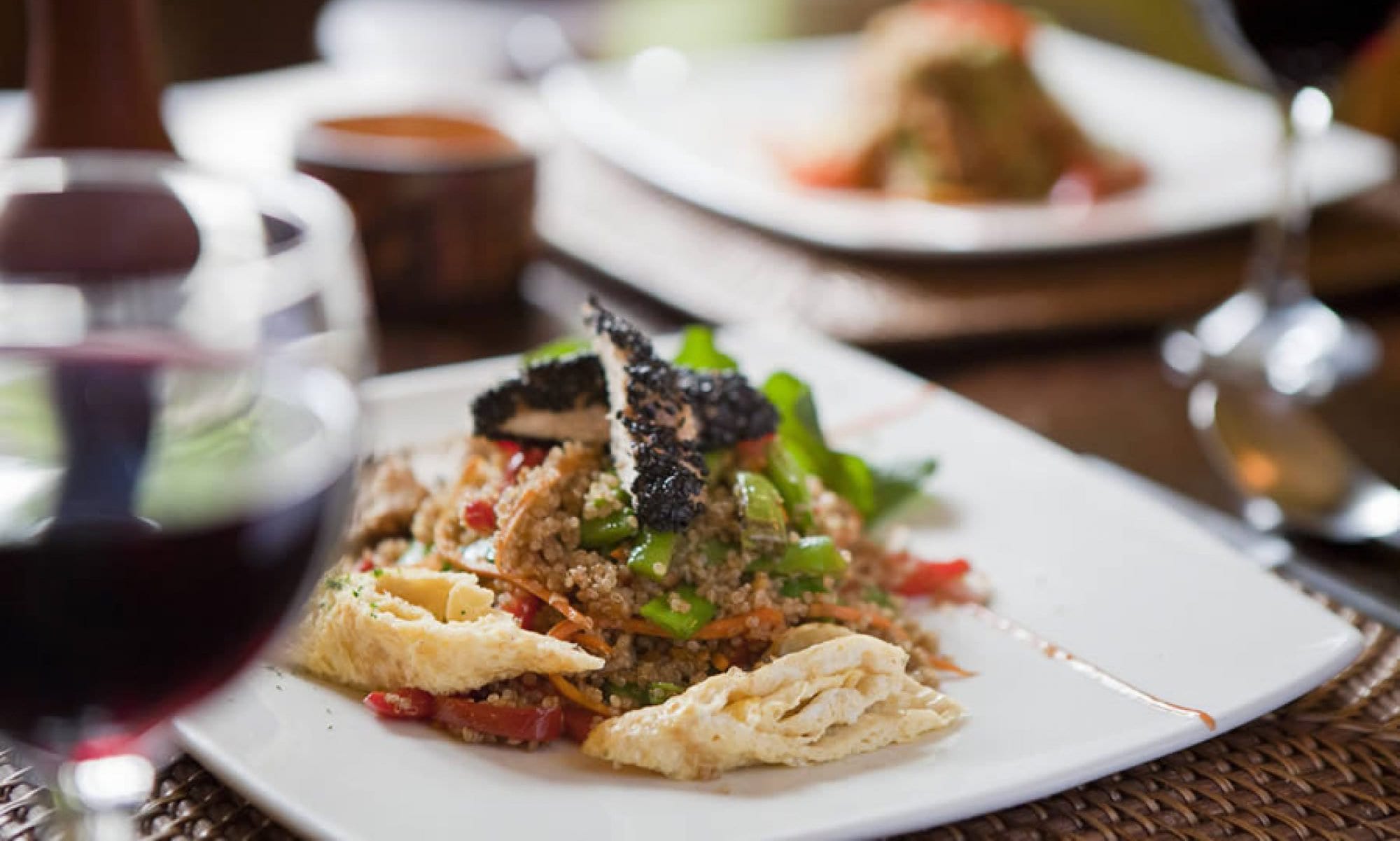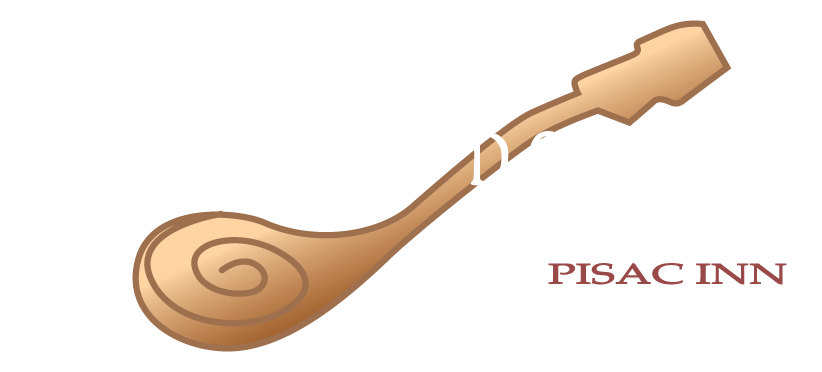Many years and colonies are those that date back to give life to pisco, extracted from various grape strains, including aromatic and non-aromatic, being until now a perfect drink for cocktails for its versatility in the mix and favorited worldwide.
In the year of 1532, with the arrival of the Spaniards in Andean territory, which it was not only a variety of culture but, from Spain, the tradition of growing grapes became popular in the area of Peru due to the need of its use by the churches of the new colony.
It is not known exactly where the wine production began, but the most popular theory indicates that in the year of 1563 in the Valley of Ica vineyard crops were grown.

On the other hand Pisco, which is the schnapps grape, has several arguments about its origin; however, it is mentioned the year of 1572, Álvaro De Ponce founded the town of Santa María Magdalena in the Pisco Valley, later called Pisco , where eventually the largest quantity of this drink would be produced and marketed.
The valley of Pisco, is the place of the most production for this liquor, and it is believed that mass cultivation occurred at the beginning of the 16th century, when the grape musts were distilled and turned into schnapps, the same was stored in clay jars called “pisco”.
After all this process, Pisco spread to different parts of the world, becoming a way of payment in various deals that were made at that time; and its mass production is due to the Jesuits who produced it in Lima, Arequipa, Cusco, Ayacucho and Potosí in Upper Peru (present-day Bolivia).
In spite of all these advantages that the drink possessed, they were replaced by others such as whiskey, diminishing the crops during the 20th century for some decades; until 2003 when the Peruvian government encouraged the production of pisco with a special regulation, which now places Peru as a promoter of this liquor and endemic of the country.
As expected, the variety is what makes this drink special, deriving from aromatic grapes: Italy, albilla, muscatel, torontel; and the non-aromatic ones: quebranta, negra criolla, mollar, ulvina; resulting in an exquisite unique flavor, represented in its three varieties:
Pure Pisco – of greater consumption, is extracted from a single variety of grapes, characterized by giving a better purpose to the taste than to the smell, being tasted fully
Pisco green must – the most expensive and thin, gentle and full-bodied, processed must with little sugar content, that is, before its fermentation process
Pisco acholado – comes from several mixtures of grapes, its name, from the colloquial term “cholo” denotes the mixture of bloods, this liquor combines the smell of aromatic with the flavors of cigars

Definitely a drink that is worth trying, and what better place than Peru, cradle of its origin, all the history you should know, and best of all, in a place that has much to offer. Visit the Andean country, and you also find this and much more in Pisac:
Restaurant – Cuchara de Palo; Tour operator – Peru Cultural Journeys; Hotel boutique – Pisac Inn; Spa – Unucha Spa.
This article that an official source for Kawsaypaq

